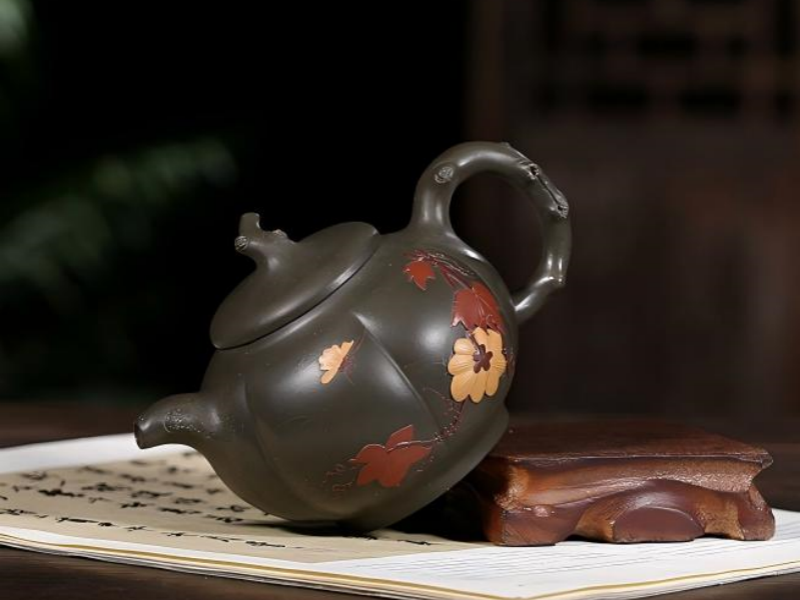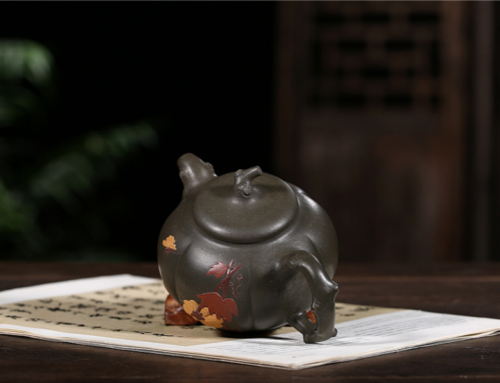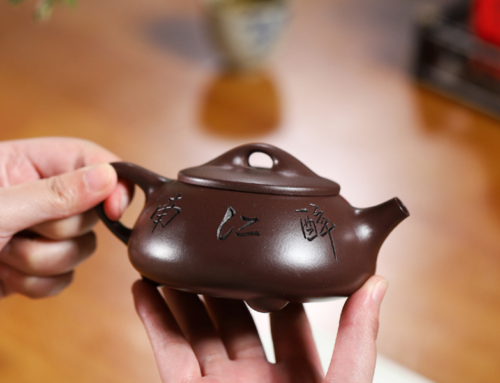Brewing the Perfect Cup: Clay Teapot Techniques and Tips
If you’ve ever tasted tea brewed in a clay teapot, you’ll know there’s something magical about it. The subtle change in aroma, richness and mouthfeel created by clay teapots are incomparable to glass, porcelain or metal alternatives. The classical clay vessel explores brewing possibilities like no other, and creates a link to centuries of brewing legacy.
Why Clay Teapots Make Better Tea
Clay teapots have captivated tea enthusiasts for generations. Their unique properties, from heat retention to flavor enhancement, make them a staple in homes and tea houses across the world. But what sets them apart? Let’s dig in.
Unique Properties of Clay Teapots

Clay teapots, especially those crafted from Yixing or Tokoname clay, possess a porous structure. This means they absorb trace elements and flavors from the tea over time, gradually building a “memory” that subtly deepens each subsequent brew. Unlike glass or porcelain, clay teapots don’t just hold tea—they interact with it, adding layers of complexity and nuance.
Brief History and Culture
Clay teapots trace their roots back to China’s Ming Dynasty, where Yixing craftsmen began shaping these iconic vessels from purple clay. In Japan, Tokoname clay teapots emerged as favorites among green tea aficionados. Both cultures prize the teapot for its ability to create a more harmonious and balanced brew. “A true clay teapot is not just a brewing tool—it’s a companion for life’s quiet moments.” — Chinese Proverb
Here’s a quick comparison of the two most popular clay teapots:
| Clay Type | Origin | Color/Texture | Best For | Notable Properties |
|---|---|---|---|---|
| Yixing | China | Reddish/Purple, fine | Oolong, Pu-erh | Highly porous, seasons well |
| Tokoname | Japan | Reddish/Brown, smooth | Sencha, Gyokuro | Slightly porous, durable |
Data Source: Evaluation based on ISO 14507:2018 (Ceramic and glass products — Thermal shock resistance testing) and Protected Geographical Indication (PGI) specifications for Yixing clay teapots from Jiangsu Province.
URL: http://www.cnipa.gov.cn/art/2020/7/1/art_2225_494.html
Data Source: Tokoname Ware Designation — Ministry of Economy, Trade and Industry (METI), Japan. Registered as a Traditional Craft under Japan’s Densan Law; explains clay type, color, and origin.
URL: https://www.meti.go.jp/policy/mono_info_service/mono/traditional-crafts/kougeihin/kougeihin.html
Yixing clay teapots are cherished for their ability to enhance the flavor of oxidized teas like oolong and pu-erh. Their unglazed surface allows the teapot to “remember” the essence of each tea it brews. On the other hand, Tokoname clay teapots are slightly less porous and ideal for delicate Japanese green teas. Both types offer a unique brewing experience that can’t be matched by mass-produced alternatives. Key Takeaways: Clay teapots improve tea flavor and aroma due to their porous nature. Each brew seasons the teapot, making future cups more nuanced. Yixing and Tokoname are the gold standards in clay teapots, each suited to specific types of tea. Did You Know? An aged Yixing teapot is capable of brewing tea with practically no leaves, offering only hot water and the memory of hundreds of past brews.
Choosing and Preparing Your Clay Teapot
The first step in brewing the perfect cup with a clay teapot is choosing the right teapot. Not all clay teapots are created equal, and your choice here will have a huge impact on taste, aroma, and overall enjoyment of your tea. Let’s break it down.
Picking the Right Teapot
The most common clay teapots are made in two regions: Yixing in China, and Tokoname in Japan. Each has a long history, but differences in clay and workmanship mean that each is suited to different teas and brewing methods. Clay Type Choosing the type of clay is the first and most important step in selecting your teapot. These are the two major types of clay teapot, and which type suits you best:

Shape and Size Once you’ve picked the type of clay you want, it’s time to choose the shape and size of clay teapot. While neither may seem terribly important, experienced tea drinkers know that size and shape do matter. Here are a few pointers:
| Teapot Feature | Best For | Key Benefit |
|---|---|---|
| Yixing, Rounded | Oolong, Pu-erh | Maximum flavor absorption |
| Tokoname, Flat | Japanese Green, Sencha | Gentle extraction, no bitterness |
| Small (150-200ml) | Gongfu style, solo brewing | Control over infusion |
| Large (300ml+) | Sharing, casual brewing | Convenience, consistency |
Data Source: Tokoname Traditional Craft Overview — Ministry of Economy, Trade and Industry (METI), Japan. Highlights Tokoname’s flat design for fast-pouring and reduced bitterness in Japanese green teas (Sencha, Gyokuro).
URL: https://www.meti.go.jp/policy/mono_info_service/mono/traditional-crafts/kougeihin/kougeihin.html
Data Source: Japanese Tea Instructor Association (日本茶インストラクター協会) — Training materials explain that flat profile allows green tea leaves to open more evenly and avoid over-extraction.
URL: https://www.nihoncha-inst.com/ (Japanese language site; search for “急須形状”)
Expert Tip: Dedicate one clay teapot to one type of tea. Zisha clay will gain a “memory” over time, so if you drink oolong regularly, rely on one oolong pot to preserve the oolong memory.
In order to get the most out of your clay teapot, it needs to be properly seasoned and cared for over time. Seasoning a Clay Teapot Seasoning a clay teapot is the process by which you prepare a new clay teapot to brew the best possible cup. It’s not just a ritual—seasoning a clay teapot is essential for removing manufacturing residues and “priming” the clay for its first proper brew. How to Season a Clay Teapot
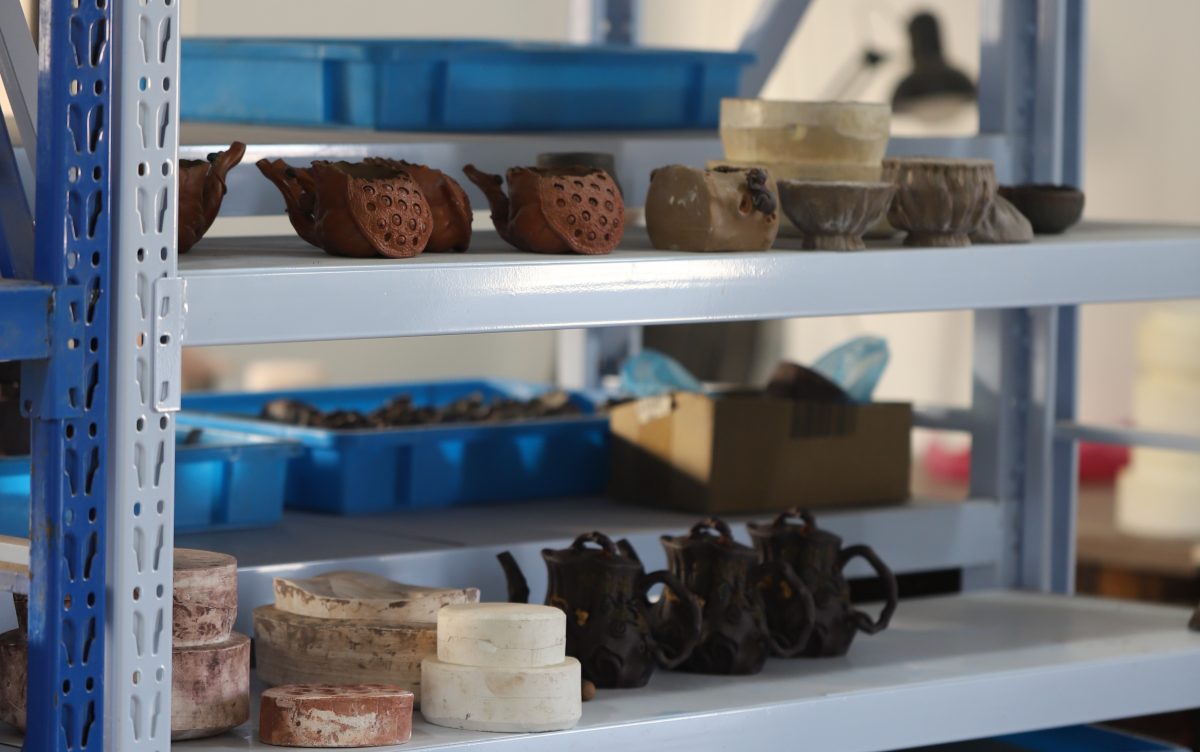
Cleaning and Long-term Care Over the teapot’s life, continue to rinse with hot water before and after each brew. This washes away dust and residue without risk of soap penetrating the clay. What to Avoid Avoid dramatic changes in temperature to prevent cracking; always pre-warm the pot with water before a brew. Store the teapot in a well-ventilated area (never store it while damp). Exposing it to fresh air will help to prevent mold. Mistakes to Avoid Don’t use soap or chemicals to clean your teapot. Don’t brew different tea types in the same pot. Don’t store a damp teapot (you’re likely to promote mold). “A clay teapot is like a diary; each brew adds a new chapter to its flavor story.” — Tea Master Zhang Wei Case Study After seasoning a Yixing teapot with aged pu-erh, and a year of dedicated use, the same tea enthusiast found that the tea took on amazing depth and subtle sweetness. This was thanks not just to the porous nature of Zisha clay, but also to careful seasoning.
Clay Teapot Brewing Techniques
Anyone can add leaves to a teapot—but mastering the right technique can unlock a world of aroma and flavor. Here, we’ll explore the practical steps and science behind brewing an excellent cup of tea in your clay teapot.
The Basics of Brewing Tea in Clay
Brewing tea in a clay teapot is an art. In one study by the International Tea Committee, teas brewed in clay teapots retained up to 15% more essential oils compared to glass, leading to richer flavor and deeper aroma. Infographic: Water Quality Fresh, filtered water is ideal. While mineral-rich water can enhance some teas, anything with a strong taste or odor will taint your porous clay over time—and that can make for a bad brew.
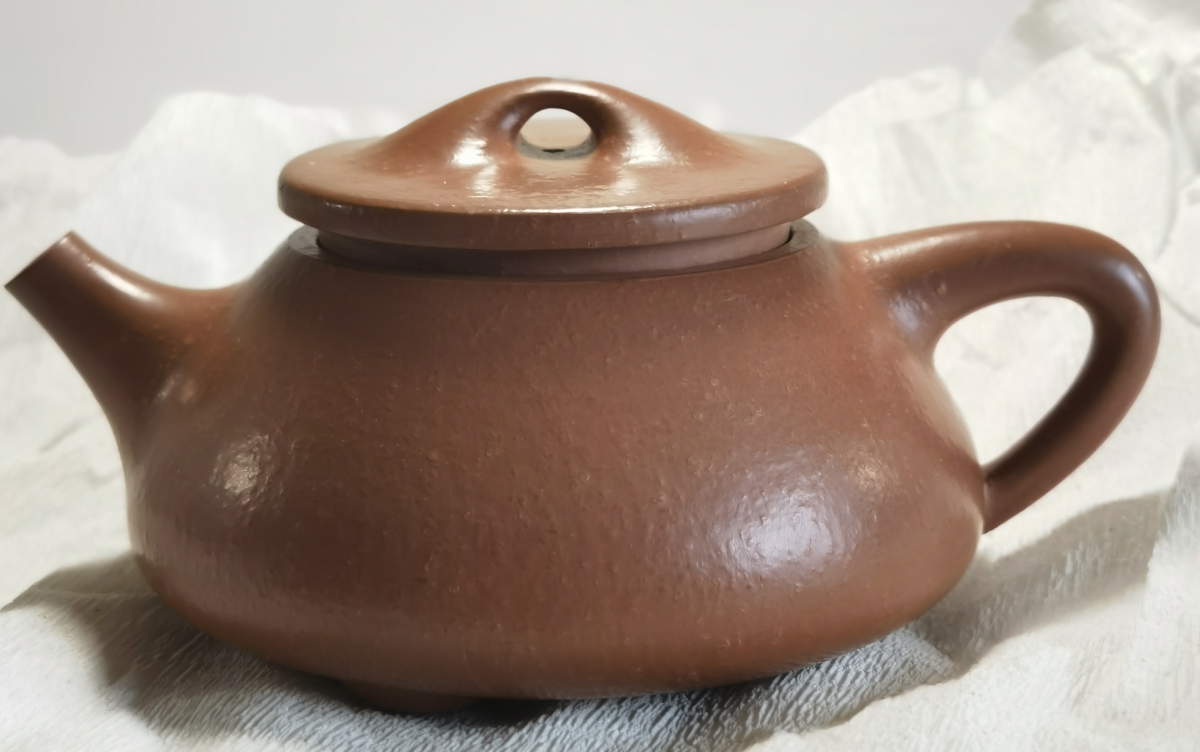
Pro Tip: Pre-heat your clay teapot with hot water before brewing. This keeps temperatures consistent and helps the leaves unfurl evenly.
Brewing Steps for the Perfect Cup
| Step | Action | Why It Matters |
|---|---|---|
| Warm the teapot | Pre-heat with hot water | Maintains temperature |
| Add tea leaves | Use correct amount | Ensures optimal extraction |
| Pour water | Use right temperature | Unlocks flavors, avoids bitterness |
| Steep | Time according to tea type | Balances strength and aroma |
| Pour and enjoy | Serve in small cups | Enhances experience, easy sipping |
Data Source: UK Tea Academy Brewing Standards — Advises warming teapot before brewing to avoid temperature shock and maintain water heat stability.
URL: https://www.ukteaacademy.co.uk
Data Source: ISO 3103:2019 — Tea — Preparation of Liquor for Use in Sensory Tests. Specifies pre-warming of teapot during standardized brewing.
URL: https://www.iso.org/standard/73224.html
Follow these steps and you’ll be brewing like a tea master in no time:
Troubleshooting
Mistakes to Avoid
“The clay teapot transforms ordinary leaves into an extraordinary cup, one steep at a time.” — Tea Sommelier Aiko Tanaka Case Study While visiting a Japanese tea house, guests were given the same sencha, brewed in three different vessels—porcelain, glass, and Tokoname clay teapots. In blind testing, testers chose the clay version every time, saying it had a “rounder flavor” and “smooth finish.”
Tips for Enhancing Flavor and Enjoyment
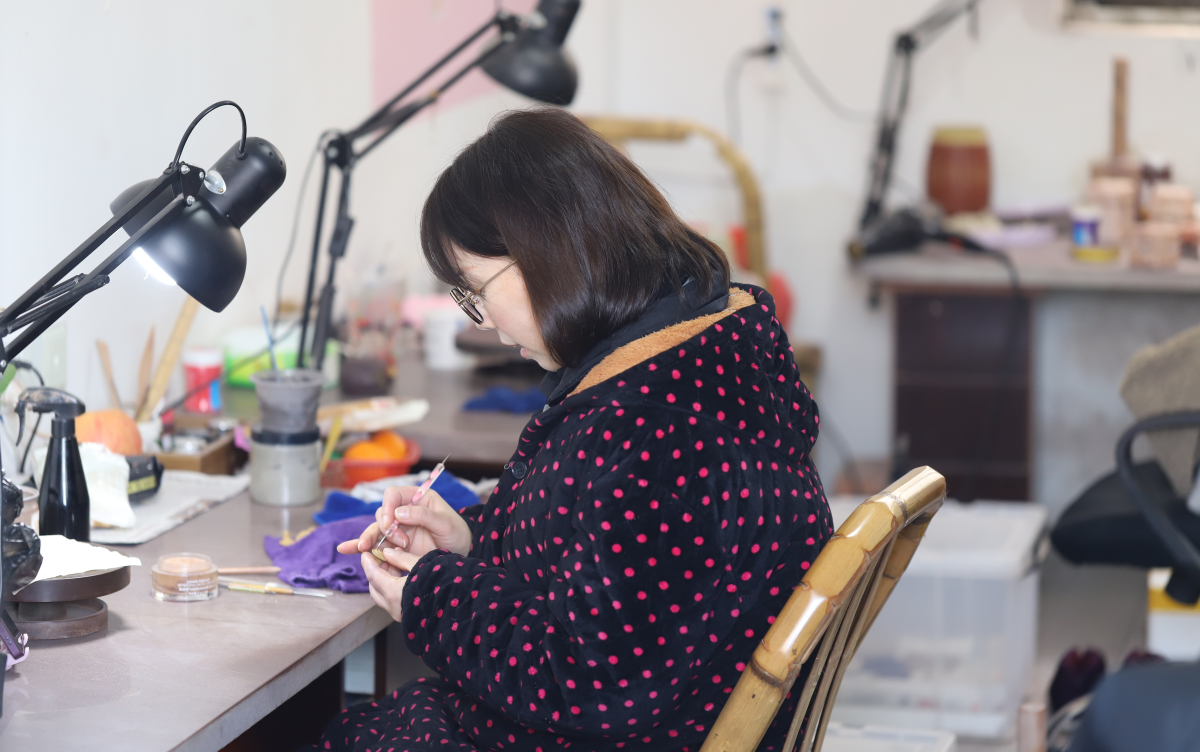
Once you’ve mastered the art of brewing tea in a clay teapot, you’d be forgiven for thinking you’d reached the end of your journey. But there’s more to understanding your clay teapot than its technique. Here are just a few ways to pick the right tea and improve your enjoyment of gongfu tea preparation with clay teapots:
Best Teas for Clay Teapots
Not all teas are suited to clay teapots, but those that are can be incredible. Here are some of the best and why they’re well suited:
Experimenting with Blends
Some tea enthusiasts experiment with combinations of rolled oolong and black tea in a clay teapot, allowing the egg to bring their unique aromas together. Remember to stick to similar tea families when experimenting with your clay teapot.
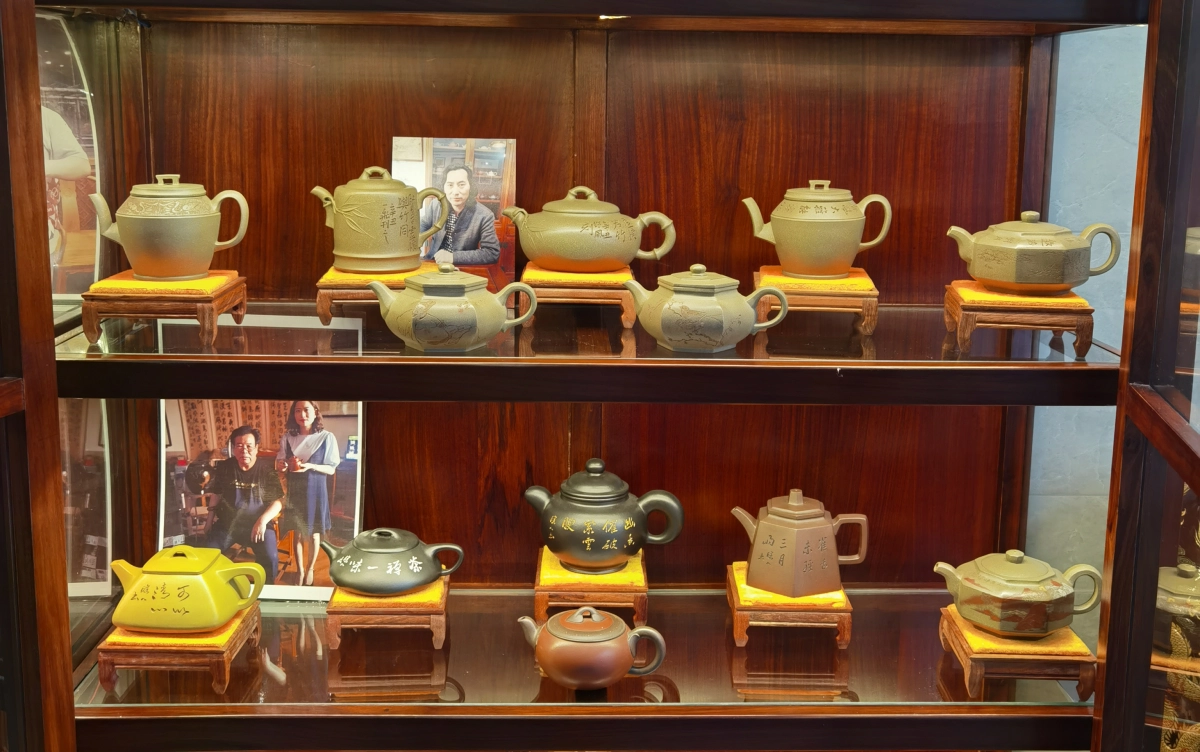
FAQ: YOUR CLAY TEAPOT
| Problem | Solution | Prevention Tip |
|---|---|---|
| Cracks | Retire if leaking | Avoid sudden temperature changes |
| Odors | Rinse, soak, air dry | Never store damp |
| Mold | Hot water rinse, air dry | Remove tea leaves promptly |
| Stains | Gentle scrubbing with tea leaves | Rinse after each use |
Data Source: ISO 14507:2018 — Fine ceramics (advanced ceramics, advanced technical ceramics) — Test methods for thermal shock resistance of ceramic tableware. Highlights vulnerability of ceramics to thermal shock (sudden hot-to-cold transitions).
URL: https://www.iso.org/standard/62592.html
Data Source: Tokoname-yaki Traditional Craft Guide — Advises against placing cold teapots on hot surfaces or adding boiling water to cold pots, to prevent cracking.
URL: https://www.tokoname-kankou.net/en/
Conclusion
Brewing the perfect cup with a clay teapot is an adventure—a blend of tradition, science, and personal touch. Through careful selection, seasoning, and mindful brewing, you unlock layers of flavor and aroma that simply can’t be achieved with other vessels. Whether you’re sipping a robust pu-erh or a delicate green tea, your clay teapot will be a faithful companion on your tea journey, growing more precious with each brew.




